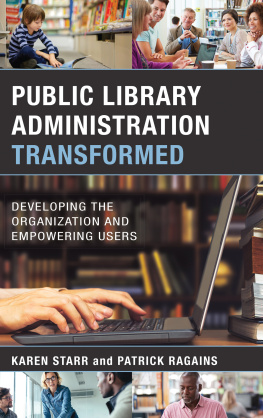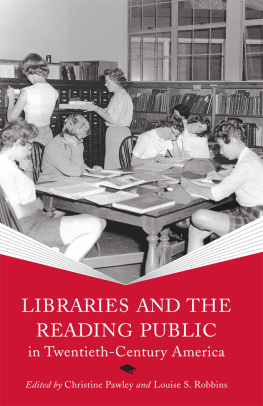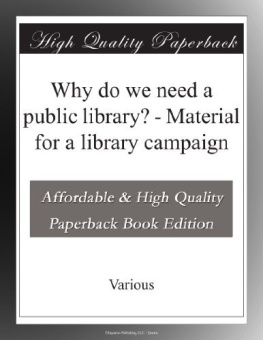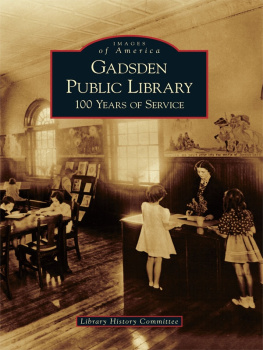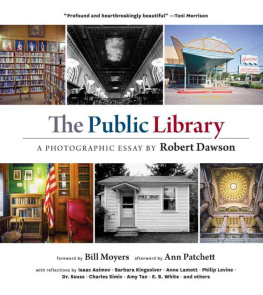Tom Glynn - Reading Publics: New York Citys Public Libraries, 1754-1911
Here you can read online Tom Glynn - Reading Publics: New York Citys Public Libraries, 1754-1911 full text of the book (entire story) in english for free. Download pdf and epub, get meaning, cover and reviews about this ebook. year: 2015, publisher: Empire State Editions, genre: Politics. Description of the work, (preface) as well as reviews are available. Best literature library LitArk.com created for fans of good reading and offers a wide selection of genres:
Romance novel
Science fiction
Adventure
Detective
Science
History
Home and family
Prose
Art
Politics
Computer
Non-fiction
Religion
Business
Children
Humor
Choose a favorite category and find really read worthwhile books. Enjoy immersion in the world of imagination, feel the emotions of the characters or learn something new for yourself, make an fascinating discovery.

Reading Publics: New York Citys Public Libraries, 1754-1911: summary, description and annotation
We offer to read an annotation, description, summary or preface (depends on what the author of the book "Reading Publics: New York Citys Public Libraries, 1754-1911" wrote himself). If you haven't found the necessary information about the book — write in the comments, we will try to find it.
On May 11, 1911, the New York Public Library opened its marble palace for book lovers on Fifth Avenue and 42nd Street. This was the citys first public library in the modern sense, a tax-supported, circulating collection free to every citizen. Since before the Revolution, however, New Yorks reading publics had access to a range of public libraries as the term was understood by contemporaries. In its most basic sense a public library in the eighteenth and most of the nineteenth centuries simply meant a shared collection of books that was available to the general public and promoted the public good. From the founding in 1754 of the New York Society Library up to 1911, public libraries took a variety of forms. Some of them were free, charitable institutions, while others required a membership or an annual subscription. Some, such as the Biblical Library of the American Bible Society, were highly specialized; others, like the Astor Library, developed extensive, inclusive collections. What all the public libraries of this period had in common, at least ostensibly, was the conviction that good books helped ensure a productive, virtuous, orderly republicthat good reading promoted the public good.
Tom Glynns vivid, deeply researched history of New York Citys public libraries over the course of more than a century and a half illuminates how the public and private functions of reading changed over time and how shared collections of books could serve both public and private ends. Reading Publics examines how books and reading helped construct social identities and how print functioned within and across groups, including but not limited to socioeconomic classes. The author offers an accessible while scholarly exploration of how republican and liberal values, shifting understandings of public and private, and the debate over fiction influenced the development and character of New York Citys public libraries in the eighteenth and nineteenth centuries.
Reading Publics is an important contribution to the social and cultural history of New York City that firmly places the citys early public libraries within the history of reading and print culture in the United States.
Tom Glynn: author's other books
Who wrote Reading Publics: New York Citys Public Libraries, 1754-1911? Find out the surname, the name of the author of the book and a list of all author's works by series.


